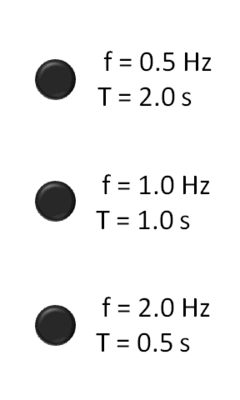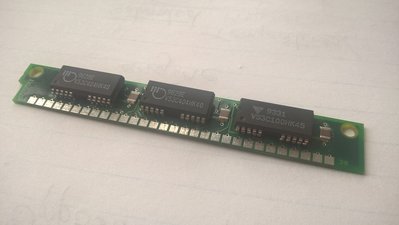You seem to be confused in your understanding which gives reason as to why you are so incoherent, unable to stay on topic and instead jumping around between various topics / examples.
You would be able to answer many of your own questions If you just took the time to try and understand this: -
https://en.wikipedia.org/wiki/Frequency
"For cyclical processes, such as rotation, oscillations, or waves, frequency is defined as a number of cycles per unit time. In physics and engineering disciplines, such as optics, acoustics, and radio, frequency is usually denoted by a Latin letter f or by the Greek letter {\displaystyle \nu } \nu or ν (nu) (see e.g. Planck's formula).
The relation between the frequency and the period {\displaystyle T} T of a repeating event or oscillation is given by
f = 1/T.... or... T = 1/f"
Once you understand and know the relationship between MHz and nanoseconds (ns) and convert between them... you will (hopefully) see things differently.
The Serpent Rider wrote:
And how would you explain
Since you are unable to see that the number 15 can be multiplied four times into 60, or that 60 can be divided by the number 15 four times...
it would be a fools errand to try and explain to you anything further as you are not in a position to be able to understand it.
1/66 = 15ns
DRAM = 60ns
60/15= 4!

